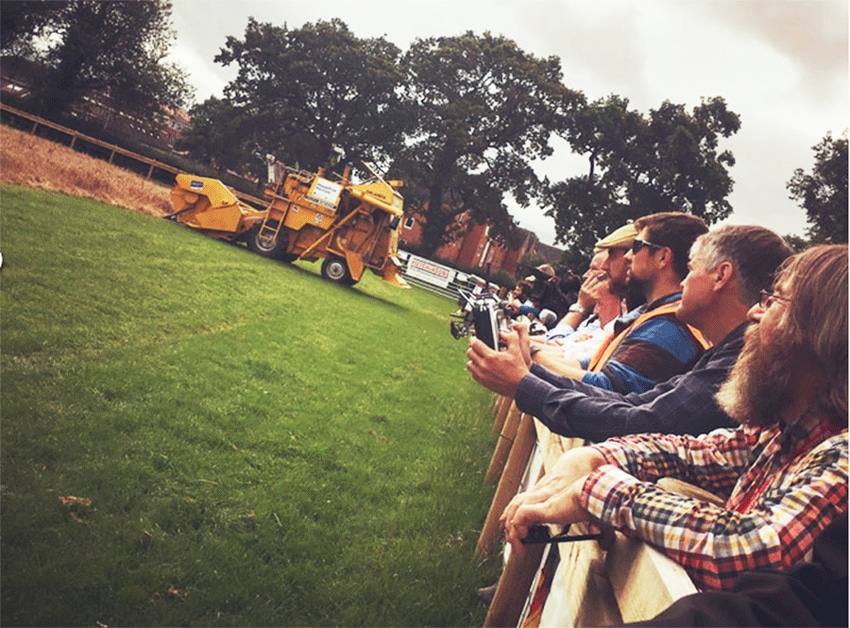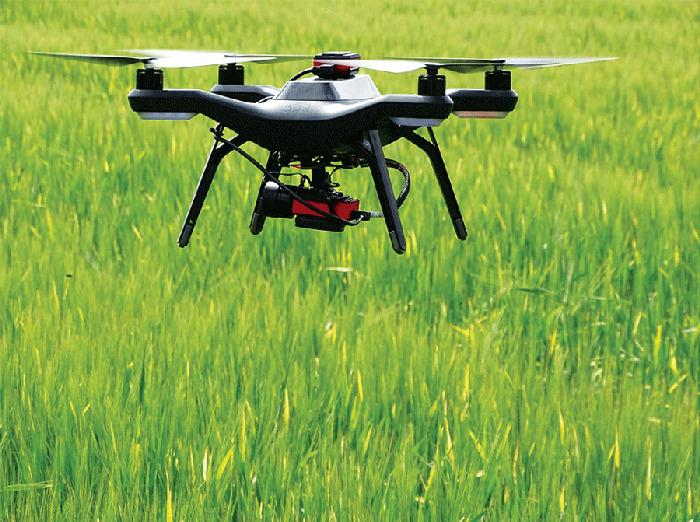
Agriculture didn’t exactly embrace early era digital technology with open arms. When personal computers came on the scene in the ‘90s, in bulky metal cases weighing 25 pounds or more, topped with an equally bulky CRT monitor, many farmers bought them — often for the gee whiz factor. A lot of those computers ended up as doorstops because there wasn’t much software to do things farmers needed to do.
Much the same was true of early day auto-steer, yield monitors, and other precision farming systems that are today commonplace. It took a while for each new system to be field tested and refined to the point of usefulness across the broader agricultural community. The extent to which digital technology has been incorporated into modern agriculture is perhaps the best example of how farmers have embraced change to become more efficient, more productive, and even better stewards of land and the environment. Technology and automation have also allowed them to make better use of their time, facilitating planning and decision-making.
As impressive as developments in ag technology have been, the future outlook pretty much brings to mind the old showbiz quote, “You ain’t seen nothin’ yet!” as research and development concentrate on robotic devices, autonomous farm machinery, and unmanned aerial vehicles.
"Granted, a single hectare is a far cry from a 10,000 acre Mississippi Delta operation — but most of today’s technology started with small pilot programs that were continually improved and expanded."
In Great Britian this past year, the Hands Free Hectare project, run by Harper Adams University and Precision Decisions, became the first in the world to plant, tend, and harvest a crop with only autonomous vehicles and drones. Granted, a single hectare is a far cry from a 10,000 acre Mississippi Delta operation — but most of today’s technology started with small pilot programs that were continually improved and expanded.
Companies, from big legacy machinery manufacturers to startup outfits are pouring hundreds of millions of dollars into R&D on devices and equipment that will further free the farmer from repetitive, time-consuming tasks.
John Deere, which already has sophisticated systems in its field machinery that provide sub-inch accuracy, boosted its technology footprint with the $300 million-plus purchase of Blue River Technology and its robotic machinery that can distinguish between weeds and crop plants and apply herbicide only to the weeds. Blue River’s LettuceBot is already working in lettuce fields; it can spray not only weeds, but unwanted lettuce plants that are too small or are too close together to develop properly. Blue River expects to launch this year a robotic system for cotton that is reported capable of spraying weeds no larger than a postage stamp, and in development are systems for soybeans, corn, and other crops.
A report earlier this year by IDTechEx Research (Agricultural Robots and Drones 2017-2027: Technologies, Markets, Players) notes that “agriculture is, in some areas, at the forefront of technology adoption,” and projects that agricultural robots will be a $12 billion industry by 2027.
In addition to generating data across the entire spectrum of farming operations, the report says, “robots can also carry out precision agriculture through site- or plant-specific actions, such as precision seed planting, spraying, weeding, nutrient feeding, etc.
Agriculture “is well-suited to autonomous mobility. Farms are semi-structured, sparsely-populated environments, and are thus simpler to autonomize than general driving on congested roads. There is also a commercial incentive: reducing the wage bill."
But to enable this, it notes, “agricultural machinery may have to undergo a fundamental transfiguration: large, fast, and heavy manned machines may have to be replaced with small, slow, and light autonomous robots.”
For larger farm machinery, “technology is now evolving towards full autonomy” (no human on board), the report says. Master-and-slave (or follow-me) systems that allow one driver to guide a fleet are now in trials. “Next will come manned, yet fully autonomous tractors (level 5). This has already been technologically demonstrated. Here, the vehicle’s sensing suite has to be expanded to enable it to avoid collision and operate even when the GPS signal is lost.”
After that “will potentially be unmanned autonomous tractors,” which have already been publicly demonstrated. “Currently, however, the farmers want to stay in charge — thus, the cab is likely to be kept in the design. In the long term, however, the meaning of staying in charge will change, transiting from driving the vehicle to, for example, remote fleet operation/management.”
Taking the driver out of the equation “can have profound consequences for the way we envisage agricultural machinery,” the report says. “The well-established notion that bigger is better has its origins in the need to enhance the productivity of the driver, but this notion loses some of its relevance if farm vehicles become autonomous and unmanned.
“Navigational autonomy can … initiate a major transition from large, heavy, fast and expensive vehicles towards fleets of agricultural robots. These agrobots would move slowly, giving extra attention to plants; and they would be lightweight, eliminating soil compaction. They would also have to be inexpensive in order to compensate for their lower individual productivity through fleet operation.”
Agriculture “is well-suited to autonomous mobility,” the report says. “Farms are semi-structured, sparsely-populated environments, and are thus simpler to autonomize than general driving on congested roads. There is also a commercial incentive: reducing the wage bill. The challenge, however, is to convince the farmers to pay for the technology and to adopt it.”
Robots will increasingly be utilized in non-field settings, such as warehouses and other agricultural facilities, for materials handling, inventory management, and other tasks.
Read the entire report here: http://bit.ly/2zI7Cx1
About the Author(s)
You May Also Like




